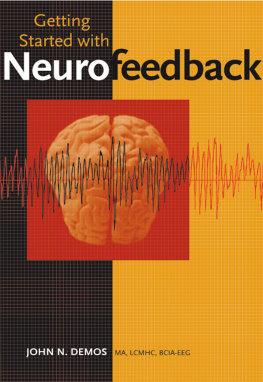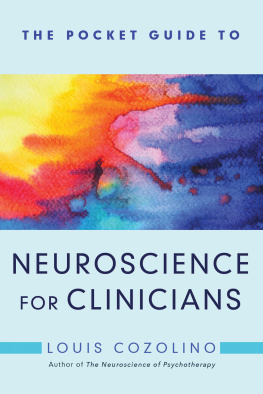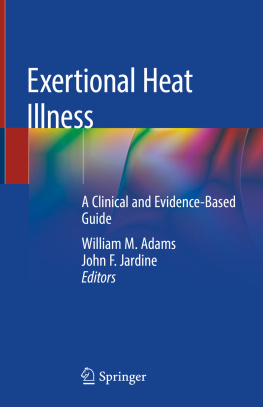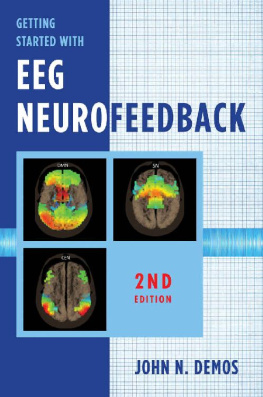Figure 2.1 | Biofeedback, Neurofeedback, and the Branches of the Nervous System |
Figure 2.2 | The Multipolar Neuron |
Figure 2.3 | Neurotransmitters |
Figure 2.4 | Cerebral Cortex Functions Simplified |
Figure 2.5 | International 1020 System |
Figure 2.6 | Neuroanatomy Directional Terms |
Figure 2.7 | Major Structures of the Cerebral Cortex |
Figure 4.1 | Electroencephalography Recording System |
Figure 4.2 | High Amplitude Slow Wave Activity Compared to Low Amplitude Fast Wave Activity |
Figure 4.3 | Referential Compared to Bipolar (Sequential) Montage |
Figure 4.4 | Training Graph of a Good Learner |
Figure 4.5 | Feedback Between the Threshold Bars |
Figure 4.6 | Setting Thresholds for Reinforcement |
Figure 4.7 | Two Channel Hookup |
Figure 5.1c | 2-Dimensional Eyes-Closed Normative Recording at Cz |
Figure 5.2c | 3-Dimensional Compressed Spectral Array Eyes-Open Normative Recording at Cz |
Figure 5.3c | Classic High Theta-to-Beta Ratio for 10-Year-Old with ADHD |
Figure 5.4c | Beta Exceeds Theta and Alpha: OCD, ADHD, and Anxiety Disorders |
Figure 5.5c | Left Hemisphere Recording at C3 for Depressed Adult Client |
Figure 5.6c | Right Hemisphere Recording at C4 for Depressed Adult Client |
Figure 5.7c | Recording at Cz for Client with PTSD |
Figure 5.8c | Recording at Pz for Client with PTSD |
Figure 5.9 | Database by Age Groups |
Figure 6.1c | Theta Morphology in Prefrontal Lobes |
Figure 6.2c | NxLink: Prefrontal-EEG Slowing |
Figure 6.3c | Beta Morphology (Widespread) |
Figure 6.4c | NeuroGuide: Single Hertz Bins |
Figure 6.5c | Alpha Morphology (Widespread) |
Figure 6.6c | NxLink: Posttraumatic Stress Disorder |
Figure 6.7c | NeuroGuide: Coherence Z Scores |
Figure 6.8c | NxLink: Poor Alpha Coherence |
Figure 6.9c | NxLink: Depression Reflected by Anterior Alpha |
Figure 6.10c | NxLink: ADHD Reflected by Elevated Central Theta |
Figure 6.11c | NeuroGuide: ADHD Reflected by Elevated 1017 Hz in Posterior Cingulate |
Figure 6.12c | NxLink: Depression Reflected by Alpha/Theta Asymmetry |
Figure 6.13c | NeuroGuide Laplacian Map: Depression and OCD Spectrum Disorder |
Figure 6.14c | NeuroGuide Linkears Map: Less Specific than 6.c |
Figure 6.15c | NeuroGuide Laplacian Map: Depression is Not Reflected with Eyes-Open |
Figure 6.16c | NeuroGuide: Traumatic Brain Injury Discriminant Analysis |
Figure 6.17c | EEG Signatures for ADD |
Figure 6.18c | EEG Signatures for Anxiety Disorders |
Figure 6.19c | EEG Signature for ADD |
Figure 6.20c | IVA Test Scores for Child in Figure 6.19c |
Figure 6.21c | NeuroGuide: Artifacts Limited the Value of this Relative Map |
Figure 6.22c | NeuroGuide: Artifacts Did Not Limit the Value of this Absolute Map |
Figure 6.23c | NeuroRep AQR and Low Mean Brainwave Frequency |
Figure 7.1 | Rythmic Beta Compared to EMG Activity |
Figure 9.1 | IVA: Pre-and Post-Treatment |
Figure 9.2 | Creating an Assessment Head Diagram Based on Symptoms |
Figure 10.1 | Protocol for a 2-Channel EEG Assessment |
Figure 10.2 | MicroCog Scores |
Figure 10.3 | Common EEG Abnormalities |
Figure 13.1 | Single Channel Alpha Enhancement at O2 |
Figure A1.1 | Client K: Rejected Sample of QEEG Wave Morphology |
Figure A1.2 | Client K: Accepted Sample of QEEG Wave Morphology |
Figure A2.1 | Training Graph of Client L: Example of a Good Learner |
Figure A2.2 | Client L: Peak Frequency Training Graph |
Figure A5.1 | Identifying Seizure Spikes |
Figure A7.1 | Alpha Asymmetry Common in Depression |
Figure A7.2 | Beta Asymmetry (Agitated Depression, PTSD) |











